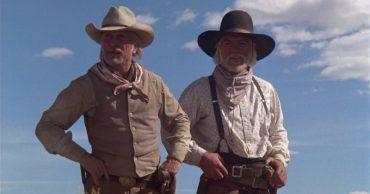V for Vendetta is a 2006 dystopian film directed by James McTeigue and produced by the Wachowskis. The film stars Hugo Weaving, Natalie Portman, Stephen Rea, and John Hurt. It is based on the DC Vertigo comic of the same name written by Alan Moore.
Although the film received mixed reviews from critics, it was positively received by audiences and has gone on to have a cult following. The film has sparked discussions on the relevance of its themes in today’s world. V for Vendetta also popularized the Guy Fawkes mask as a symbol of resistance worldwide.
The Film’s Plot And Characters
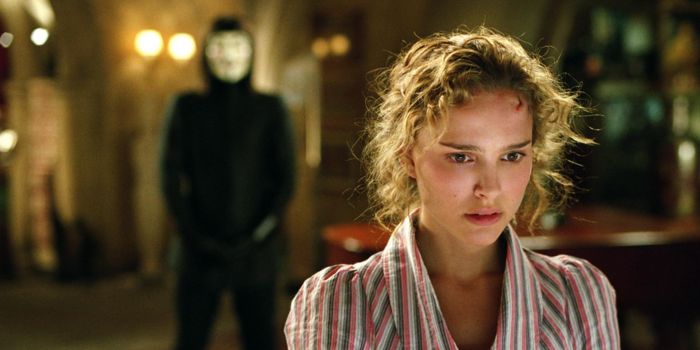
The film is set in a future United Kingdom where a totalitarian regime has subjugated the country. A fascist party controls the country through propaganda and imprisons or executes those it tags as undesirable. The party is led by a High Chancellor named Adam Sutler, portrayed by John Hurt.
The plot centres on V, portrayed by Hugo Weaving, an anarchist and freedom fighter who wears a Guy Fawkes mask. He attempts to agitate for a revolution through elaborate terrorist acts. In the midst of V’s antics, a young woman named Evey Hammond, portrayed by Natalie Portman, is caught up in his mission.
What Are Its Themes And Symbolism
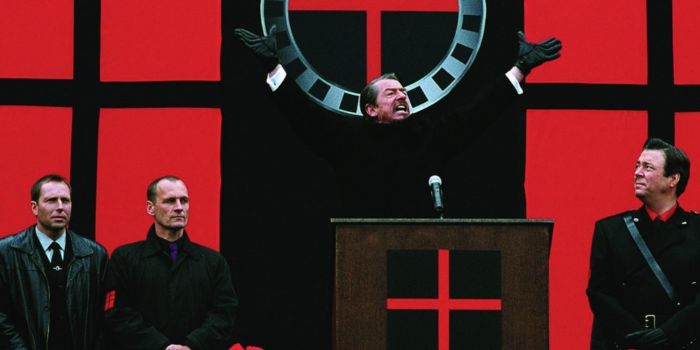
V for Vendetta explores various themes and uses symbolism to relay messages both implicitly and explicitly. The underlying theme of the film is that of totalitarianism and fascism, as the film centres on a country ruled by a government of this nature. This theme warns about the suppression of civil liberties under authoritarianism.
It also explores themes of anarchy and the fight for freedom as a reaction to totalitarianism. The central character of the story, V, is an anarchist who personifies freedom from oppressive government control. V also wears a Guy Fawkes mask as a symbol of resistance against government oppression. The mask is a reference to Guy Fawkes, who attempted to blow up the British Parliament in the early 17th century.
V for Vendetta addresses the use of media by the government to control public perception and maintain power. It also observes the government’s ability to monitor its citizens through the use of constant surveillance. Through the character of Evey Hammond, the film also shows how change can begin through one person’s awakening and transformation.
Cultural Impact And Legacy Of V For Vendetta
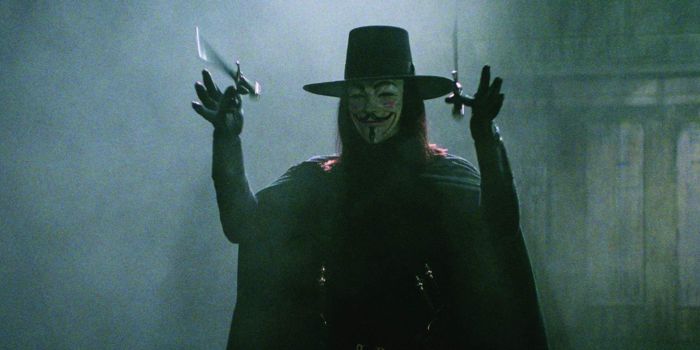
V for Vendetta has gone on to have a lasting cultural legacy. The film received mixed critical responses upon its release but has since gained a cult following. It is often noted for its thought-provoking themes and memorable characters, as well as the Guy Fawkes mask, which has become a symbol of rebellion and is used by various activist groups worldwide.
The film has been especially impactful for movements of popular dissent around the world. The film’s themes of anti-authoritarianism and resistance have resonated with political activists and protest movements. Certain images and messages from the film have also been used in various demonstrations. The Guy Fawkes mask has also been incorporated into art and fashion, appearing on clothing, posters, and graffiti.
Relevance In Today’s Society
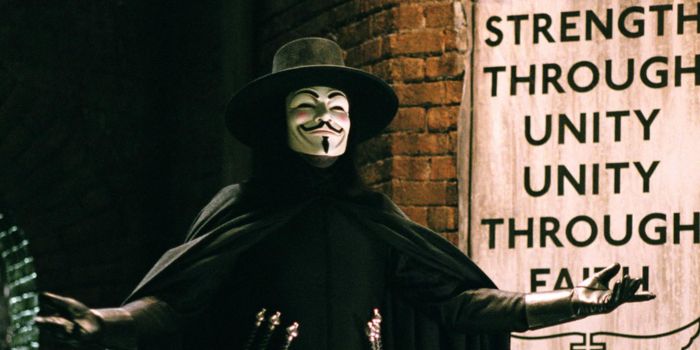
The themes explored in the film are still being seen in today’s world, which means that the film’s relevance still prevails, many years after its release. In today’s society where digital technology is used in surveillance, the film’s portrayal of a government that monitors its citizens resonates with concerns about data collection and surveillance by governments and corporations. The portrayal of government-controlled media also highlights the use of propaganda as a political tool.
Issues related to freedom of speech and censorship as seen in the film remain relevant topics of debate today. With the use of the Guy Fawkes mask, the depiction of resistance movements and the power of symbols also resonates with activists and protestors today. The depiction of V as someone who stands up for principles also aligns with discussions about the importance of personal values in today’s world.
Insights Into The Behind-The-Scenes of V For Vendetta
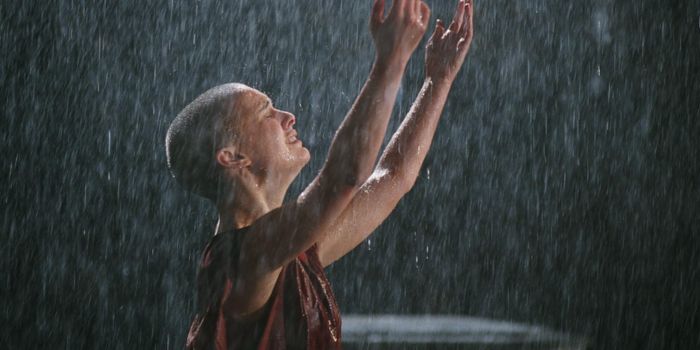
V for Vendetta was filmed in London, England, and in Potsdam, Germany. Most of the film was shot on sound stages and indoor sets at Babelsberg Studios in Germany. However, the abandoned London Underground scenes were filmed at Aldwych tube station. The station has been closed since 1994 and was a popular location for filming scenes set on the Tube even before its closure.
For the final scene, which was set in Westminster, the area from Trafalgar Square up to Big Ben had to be closed for three nights. This was the first time the area had even been closed for filming. Stephen Fry, who portrayed Gordon Dietrich in the film, suggested that the son of then-Prime Minister Tony Blair had been involved in obtaining access, and this sparked controversy. However, the location manager on the film denied that Blair’s son had any involvement in negotiations to obtain access to the location.
 Follow Us
Follow Us





